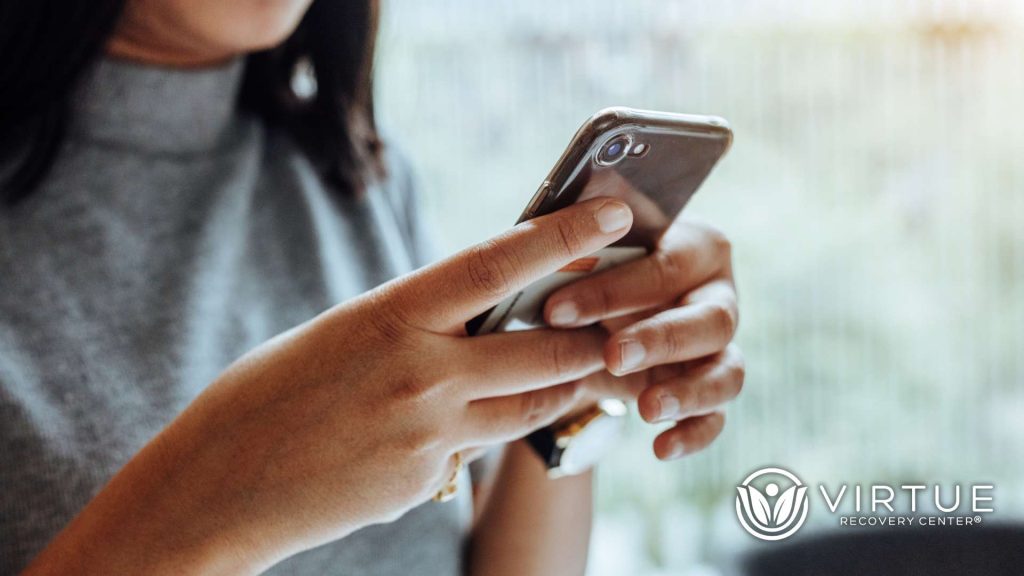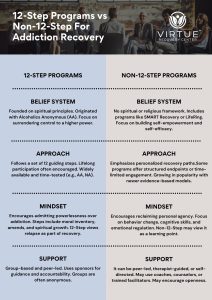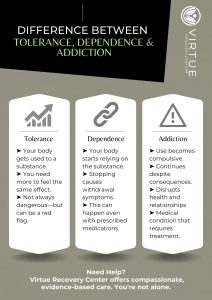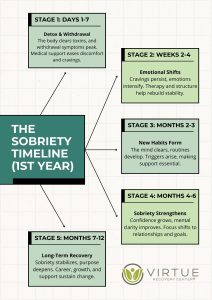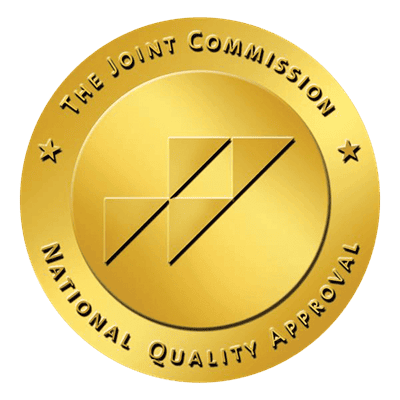Key Takeaways
- Social media influences body image and eating behaviors, especially in young users.
- Excessive time on social media is linked to higher risks of disordered eating.
- Social media algorithms promote unrealistic beauty standards, affecting self-esteem.
- Media literacy can help users develop a healthier relationship with body image.
- Professional treatment is essential for individuals struggling with eating disorders.
Introduction
Social media has changed how people connect, communicate, and view themselves. Platforms like Instagram, TikTok, and Facebook are filled with images of thin bodies, fitness influencers, and diet trends. While social media can be a useful tool for education and connection, it can also fuel body dissatisfaction and disordered eating behaviors.
Studies show a strong association between social media use and eating disorders, particularly in children and adolescents. Constant exposure to edited images and unrealistic beauty standards can make people feel they are not thin or fit enough. Over time, this pressure can lead to disordered eating patterns, extreme dieting, and unhealthy weight-loss behaviors.
Understanding how social media influences eating behaviors is crucial for recognizing warning signs and promoting healthier online habits. This article explores the connection between social media and eating disorders, the risk factors involved, and how to seek professional help for recovery.
How Social Media Affects Eating Behaviors
The Rise of Unrealistic Beauty Standards
Social media platforms are filled with edited photos, filters, and influencers promoting unrealistic body ideals. Many images show flawless, thin, or muscular bodies, often digitally enhanced to remove imperfections. Seeing these images daily can distort body image and increase body dissatisfaction.
For many users, especially young females, this constant comparison leads to feelings of inadequacy. They may begin to believe they need to lose weight, diet, or change their appearance to be accepted. Over time, this body dissatisfaction can develop into disordered eating behaviors and, eventually, an eating disorder.
Social Media Algorithms and the Promotion of Diet Culture
Social media algorithms shape what users see, often promoting content related to weight loss, extreme fitness, and restrictive eating. If someone interacts with a post about dieting, their feed may fill with similar content, reinforcing harmful weight-loss behaviors.
Some influencers glorify extreme dieting, fasting, or excessive exercising, which can mislead followers into adopting dangerous habits. Many young users may develop eating disorders by trying to follow unhealthy social media trends without realizing the risks.
The Link Between Social Media Use and Eating Disorders
Increased Risk of Disordered Eating in Adolescents
Research has found that children and adolescents who spend more time on social media are more likely to develop eating disorders. Prolonged exposure to thin or “perfect” body types increases the risk of disordered eating, excessive dieting, and body dissatisfaction.
Social networking sites also encourage social comparison, where users compare their bodies to influencers or peers. This can lead to negative self-perception, low self-esteem, and a desire to change eating behaviors.
Social Media’s Influence on Eating Disorder Symptoms
The Diagnostic and Statistical Manual of Mental Disorders (DSM-5) recognizes eating disorders as serious mental health conditions. Some of the most common eating disorder symptoms linked to social media use include:
- Extreme dieting or food restriction.
- Binge eating episodes influenced by stress or negative emotions.
- Compulsive exercise to “burn off” calories.
- Obsessive calorie counting or weighing oneself frequently.
- Avoiding social situations involving food due to fear of gaining weight.
These behaviors can develop gradually over time, often unnoticed until they become severe enough to require medical intervention.
The Role of Media Literacy in Reducing Risk
Recognizing Unrealistic Body Images
Developing media literacy is one way to protect mental health while using social media. Understanding that many images are edited, posed, or altered can help users separate reality from illusion.
Encouraging individuals, especially young users, to question what they see online can help prevent harmful self-comparisons. Parents and educators should teach children and adolescents how to recognize manipulated content and avoid harmful dieting trends.
Setting Healthy Social Media Habits
Reducing time spent on social media can help minimize body dissatisfaction and disordered eating behaviors. Some ways to build healthier online habits include:
- Unfollowing accounts that promote unrealistic beauty standards.
- Following body-positive and recovery-focused accounts.
- Taking breaks from social media to reduce comparison and stress.
- Engaging in activities that promote self-esteem outside of social media.
These strategies can help users develop a healthier relationship with social media and body image.
Seeking Treatment for Eating Disorders
When to Seek Help
If disordered eating behaviors become frequent or start affecting mental and physical health, it’s time to seek help. Some warning signs that indicate a need for professional treatment include:
- Skipping meals or extreme calorie restriction.
- Excessive concern about weight or body image.
- Obsessive exercising or compulsive food tracking.
- Binge eating followed by guilt or shame.
- Rapid weight loss, fatigue, or other health problems.
Eating disorders are serious but treatable conditions. The earlier someone gets help, the better their chances of recovery.
Treatment Options for Eating Disorder Recovery
Professional eating disorder treatment includes a combination of:
- Medical and nutritional support to restore health.
- Therapy and counseling to address emotional triggers.
- Cognitive-behavioral therapy (CBT) to change unhealthy thought patterns.
- Support groups and long-term recovery planning.
With the right treatment, individuals can recover from eating disorders and build a healthier relationship with food and body image.
Conclusion: Breaking the Cycle of Social Media and Eating Disorders
Social media has a powerful influence on body image and eating behaviors. While it can be a great tool for connection and education, it also has risks, especially for young users. The constant exposure to edited images, weight-loss trends, and diet culture can lead to disordered eating behaviors and eating disorders.
If you or a loved one is struggling with an eating disorder, professional help is available. Virtue Recovery Las Vegas offers comprehensive treatment programs to support recovery. Call 866-520-2861 today to speak with a caring professional and take the first step toward healing. In addition to professional guidance, the importance of support in recovery cannot be understated. Surrounding yourself with understanding friends and family can significantly enhance the healing process. At Virtue Recovery Las Vegas, we emphasize a holistic approach that includes not only individual therapy but also support groups, ensuring that you have a strong network throughout your journey to recovery.
FAQs About The Effects of Social Media on Eating Disorders
How does social media contribute to eating disorders?
Social media promotes unrealistic beauty standards and weight-loss trends, leading to body dissatisfaction and disordered eating behaviors. Algorithms reinforce diet culture, making it hard to escape harmful messaging.
Can limiting social media use reduce the risk of eating disorders?
Yes. Spending less time on social media, unfollowing harmful accounts, and focusing on body positivity can help improve self-esteem and reduce the risk of disordered eating.
What are the signs of disordered eating linked to social media?
Signs include extreme dieting, binge eating, excessive exercise, calorie tracking, and obsession with body weight. If these behaviors worsen, professional help may be needed.
How can I develop a healthier relationship with social media?
Follow accounts that promote body positivity, mental health awareness, and self-care. Limit exposure to weight-loss trends and unrealistic body images.
Where can I get help for an eating disorder?
Virtue Recovery Las Vegas provides comprehensive eating disorder treatment. Call 866-520-2861 for confidential support and recovery options.
Resources
https://www.news-medical.net/health/Eating-Disorders-and-Social-Media.aspx
https://pmc.ncbi.nlm.nih.gov/articles/PMC2792687/
https://www.nytimes.com/2021/10/22/technology/social-media-eating-disorders.html

